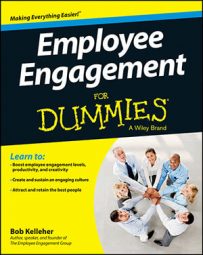Engaged employees are active in two-way communication with their employers. Does this sound familiar? “I have one boss who tells me one thing, and another boss who tells me something else!” Or, “Who reports to whom around here?” Or, “How do I get anything done when my team members all report to different people?” Or, “No one knows who is responsible anymore!”
If so, you’re likely living in the matrix. No, not the one with Keanu Reeves, where a malevolent cyber-intelligence harvests humans’ essence to dominate the world. Instead, you’re dealing with a matrix organization, in which employees may report to two or more bosses.
For example, say you work as a cost accountant. You may report to a member of your regional leadership team, but also to someone in the corporate finance department.
How effectively a matrix organization functions often depends on how healthy the communication channels are between the key players. To ensure clear communication in a matrixed organization, keep these points in mind:
Establish the “rules of communication” when the matrix is first established or when a new participant enters the matrix.
Establish a schedule in which the three parties will meet to discuss goals, objectives, and so on.
Everyone involved should make it a habit to copy all other parties on messages to ensure everyone is in the loop.
Decide early on which boss will communicate key organizational changes. This person should also take the lead in performance appraisals.

